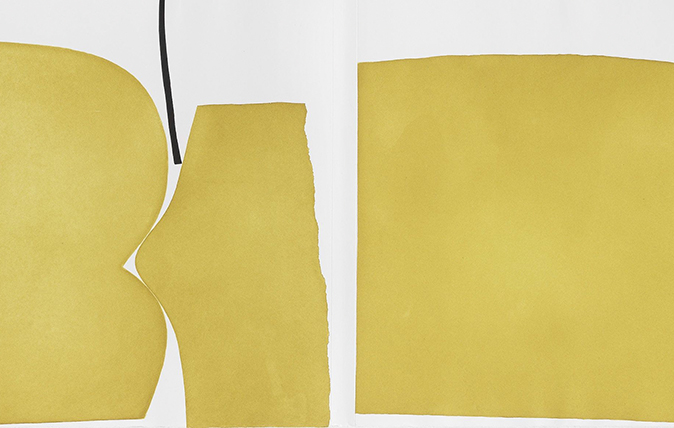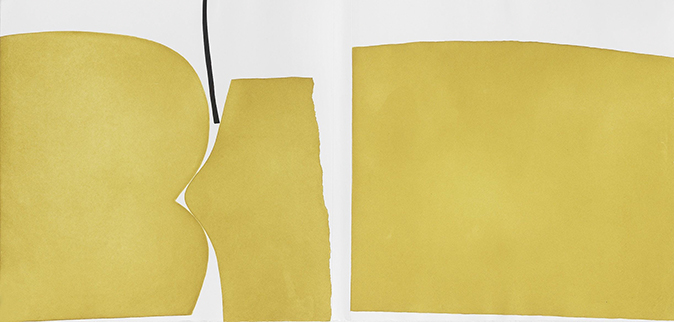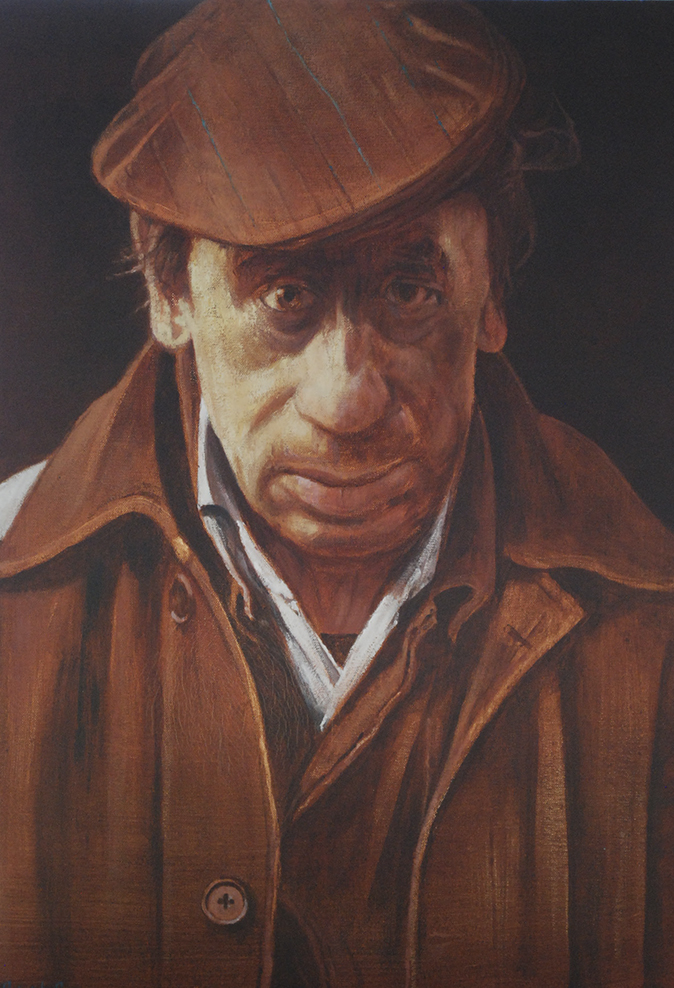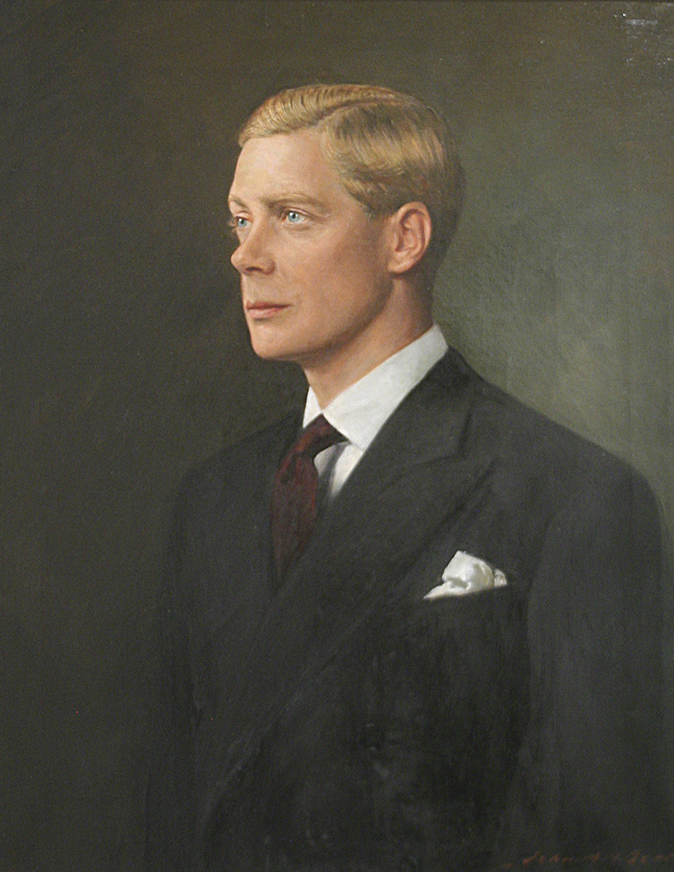My favourite painting: Wendy Nicholls
'I am very drawn both to this period of English art and, particularly, to calm abstraction in visual images'



The Dance of Man, 1972, by Victor Pasmore RA (1908–1998), 19½ by 39in, Private Collection. Image credit: Estate of Victor Pasmore, All Rights Reserved/DACS 2018
Wendy Nicholls says: I have collected Victor Pasmore prints for many years (oh, for a painting!) because I am very drawn both to this period of English art and, particularly, to calm abstraction in visual images. I find this print, with the spaces between the shapes, the colours and the sharpness of the black line, a beautiful and serene picture that would fit elegantly into a modern or traditional environment and with which I would be only too happy to live.
Wendy Nicholls is managing director of the interior-design company Sibyl Colefax & John Fowler.
John McEwen comments on The Dance of Man: Born in Chelsham, Surrey, Edwin John Victor Pasmore was the son of a distinguished London doctor. He went to Summer Fields and then to Harrow, where impressionist paintings announced his talent. He was 19 when his father died, obliging him to earn his living as a clerk in London County Council’s Public Health Department for 10 years.
He continued to paint in his spare time and, with Claude Rogers and William Coldstream, opened the private Euston Road School to uphold traditional drawing and painting methods. After the war, William Johnstone, newly appointed Principal of London’s Central School of Arts and Crafts, made him ‘head’ of the painting department: ‘He had exquisite taste. Every bit of colour he put together was sensitive.’
Another Scotch-border-artist friend was Earl Haig, whose centenary it is this year. Pasmore wrote to him: ‘craftsmanship…gives full and proper expression to the form’.
In the war, Pasmore was briefly imprisoned for desertion, only to be released and exempted through the intervention of Kenneth Clark, Director of the National Gallery. In 1948, he abandoned the last vestige of description in his painting and followed the example of Ben Nicholson and others into pure, continentally inspired abstraction – a controversial repudiation of Euston Road truth to observation. Constructed reliefs led to his appointment as consultant architectural designer of Peterlee New Town, near Newcastle.
Exquisite houses, the beauty of Nature, and how to get the most from your life, straight to your inbox.
Painting, and the lyricism he had first expressed in misty Whistlerian impressions of the Thames, returned in the 1960s, further encouraged when he settled in Malta. Thereafter, his abstract paintings and prints had an increasingly oriental refinement. He died in Malta. The Victor Pasmore Gallery opened in Valletta in 2014.

My favourite painting: Lord Hindlip
'I’m lucky to have gazed on this picture often. I could live with it and never tire of it.'

My favourite painting: Ann Cleeves
'I’m drawn to this face, to the determination and the unflinching stare. The confidence.'

My favourite painting: Tim Gosling
'I instantly fell in love with this portrait.'
Country Life is unlike any other magazine: the only glossy weekly on the newsstand and the only magazine that has been guest-edited by His Majesty The King not once, but twice. It is a celebration of modern rural life and all its diverse joys and pleasures — that was first published in Queen Victoria's Diamond Jubilee year. Our eclectic mixture of witty and informative content — from the most up-to-date property news and commentary and a coveted glimpse inside some of the UK's best houses and gardens, to gardening, the arts and interior design, written by experts in their field — still cannot be found in print or online, anywhere else.
